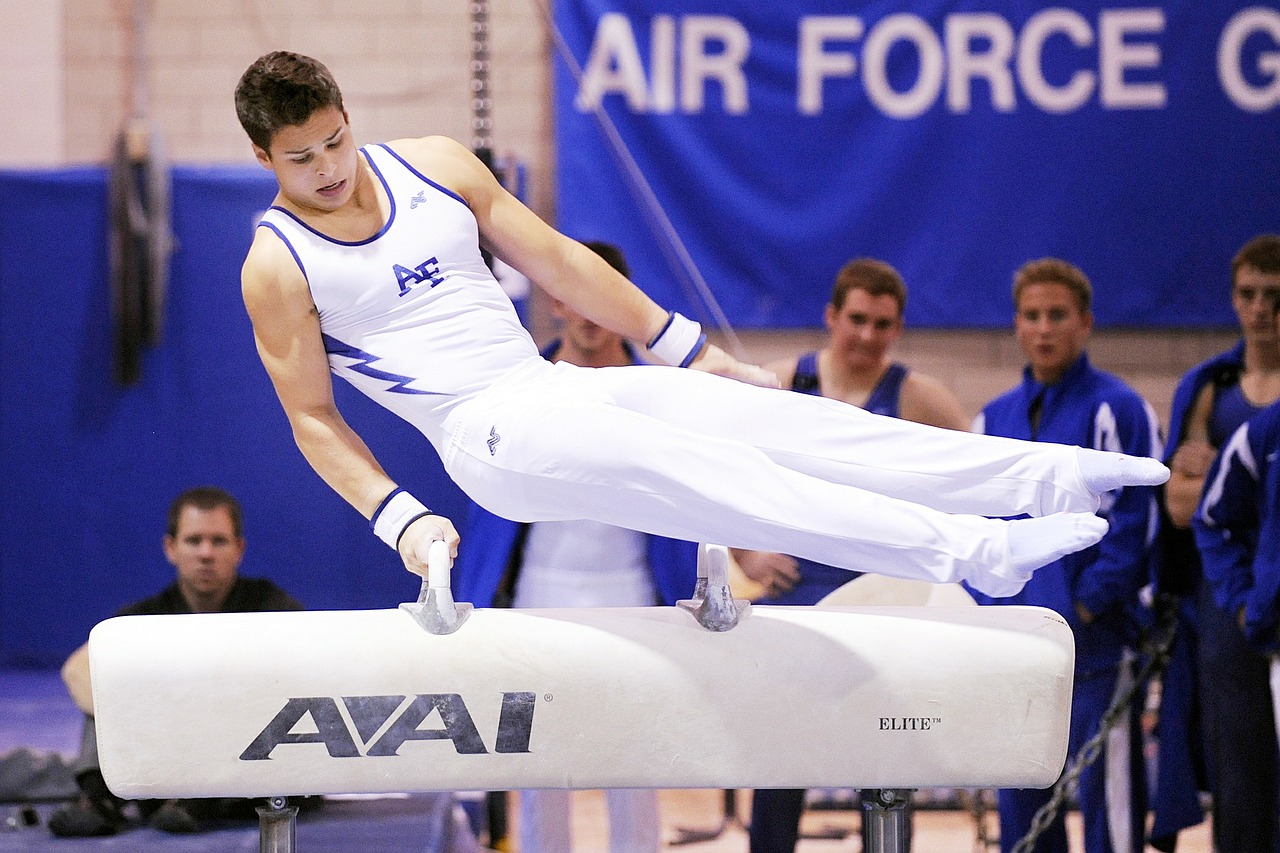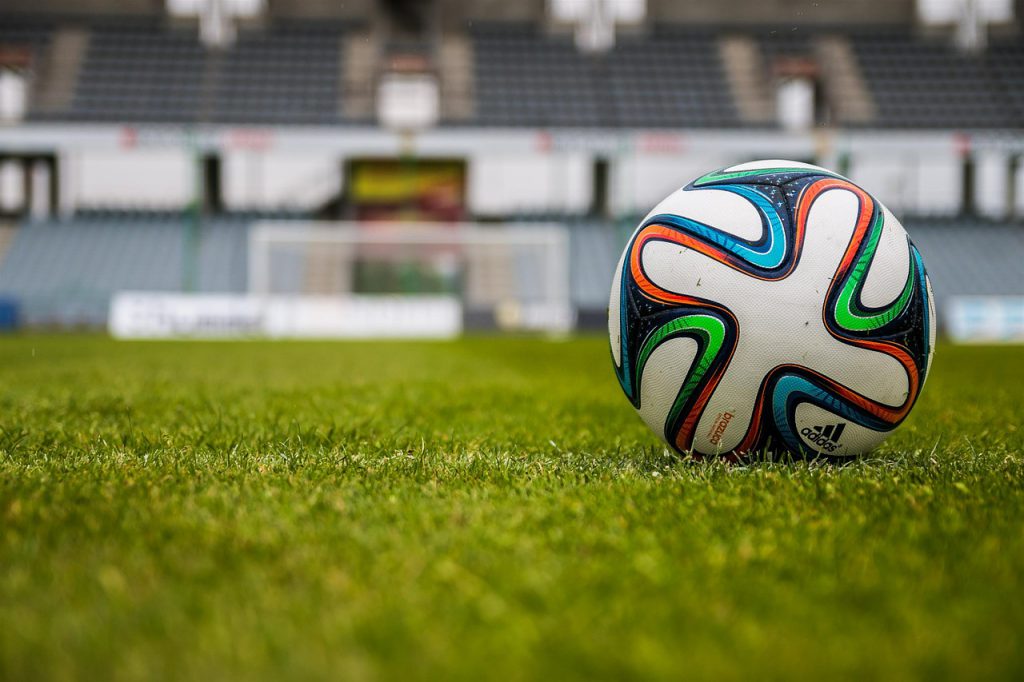It’s one thing to take up a workout; to maximize gains is a totally different matter, though, and it takes a tad more planning and effort. Your sweaty, fat-busting, muscle-toning routine will be far more efficient if you change it up slightly – and here are a few cues to help you get the most out of your gym time with minimal post-workout muscle soreness and fatigue in the mix.
1. Warm Up On the Go
Warm-ups are as important as the workout itself because they prepare your muscles for periods of high strain, but you can try saving yourself a bit of workout time by warming up on the way to the gym. You can bike, jog, or walk to the fitness center to engage major muscle groups and cut the waste of workout time: that way, you’ll be able to dive into the reps as soon as get to the gym. If the gym is far away from your home, get off the bus a few stops earlier or park at the far end of the lot and walk to the gym instead.
2. Save Cardio for Later
Most gym-goers do cardio before they proceed to their strength training routine – but this is not exactly the best way to structure your workout if you’re looking to max out its effects. A 2015 study has found that focusing on weight training first and saving cardio for later results in more reps, so it may be smart to put on lifting straps and hit the barbell first, and climb the treadmill or elliptical after your strength training is done – or even save cardio for recovery day.
3. Activate Rest Periods
Rest periods shouldn’t be skipped – but they shouldn’t be needlessly extended either. Limit rest intervals to 30-45 seconds and consider activating them by performing low-intensity moves such as core slider exercises that don’t strain the muscles or expend too much energy. Active rest will help increase workout effects, but don’t Hulk out with the rest reps as this will only reduce your overall workout performance.
4. Break It up into Intervals
Interval training is getting more popular by the day, and for a good reason. By mixing the gym routine and putting training intensity on shuffle, you’ll hack bulk building, boost your fitness and nudge your cardiovascular function in the right direction. For maximum workout effects, mix three-minute aerobic intervals with one- or two-minute explosive periods, and repeat the drill three to five times, with a minute-long rest in between sets.
5. Plan the Failure Point
To amp workout efficiency and results, plan the failure point before it actually occurs, and don’t aim for it at every set. Training to failure promotes muscle building and it also increases strength but you should be reasonable and save the failure point for the last exercise set. To achieve the failure point, use super-slow moves with light resistance, and slow down the pace as the end of the final exercise set draws closer.
6. Don’t Forget to Stretch
Although you may think post-training stretches are a waste of time, stretching after the workout is essential to maximum bulk results because it helps prevent muscle soreness that can result in skipped gym sessions. Once your at-gym time is done, use a foam roller to get the blood flowing in your lateral, back, and lower body muscles, or try the stretch strap if you’re training without a partner. Whatever prop you opt for, make sure you don’t skip stretches before you go out of the gym – your muscles will be grateful for the extra effort.
7. Eat Your Way to Fitness
Pre- and post-workout nutrition is as important as the structure of your training, as it allows your body to prepare for and replenish after intervals of high strain. The pre-workout meal should be centered on complex carbs and protein with as little fiber and fat as possible to prevent stomach problems during gym sessions. Likewise, your post-training snack should be rich in protein to keep muscle damage in check and accelerate bulk building.
Ready to hit the gym? Make sure to follow the tips listed above in your next exercise session, and peak performance and muscle gains will hit home much faster.






